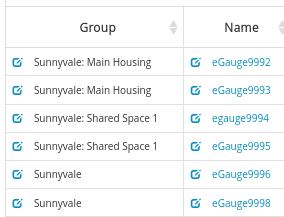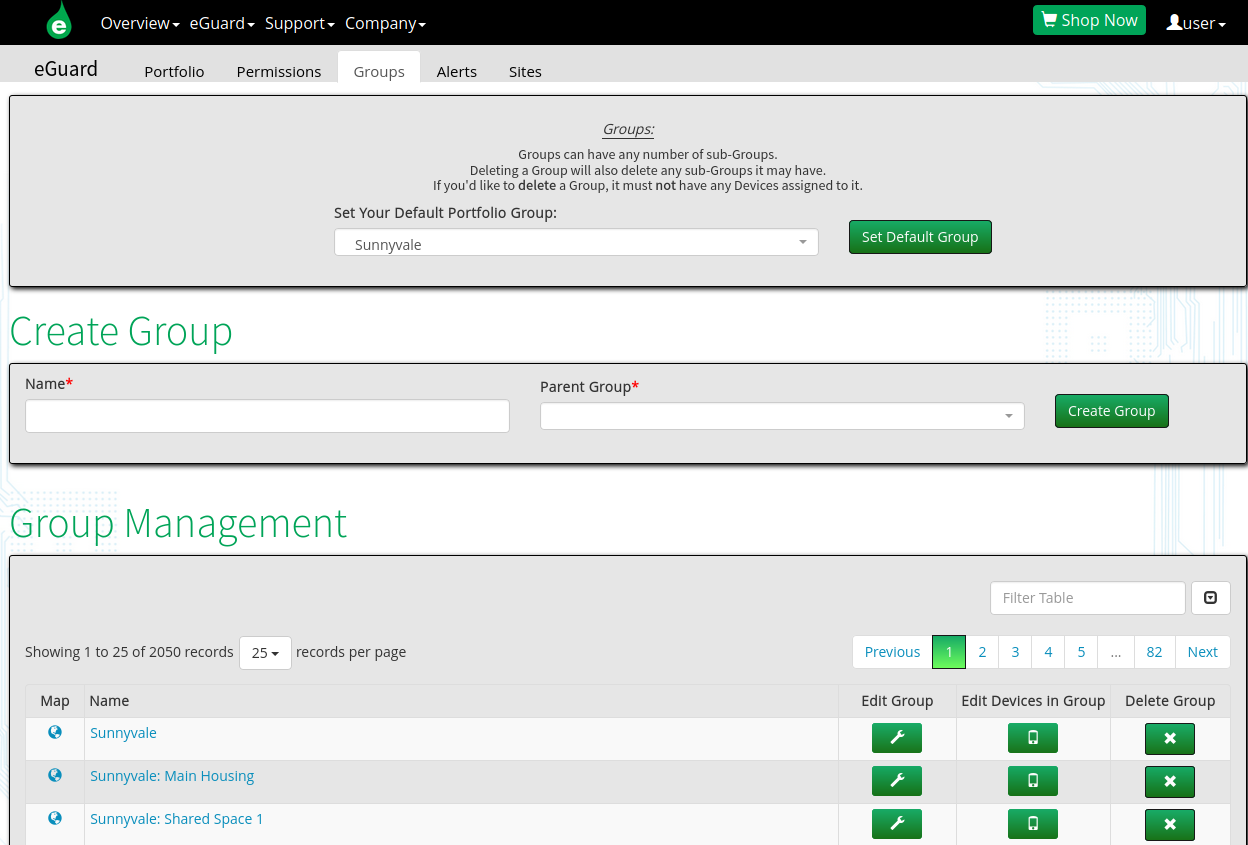| [](https://kb.egauge.net/uploads/images/gallery/2020-06/image-1593537573061.png) |
| *From main eGuard Portfolio view* |
| [](https://kb.egauge.net/uploads/images/gallery/2020-06/image-1593471317012.png) |
| *eGuard Groups Management Page* |